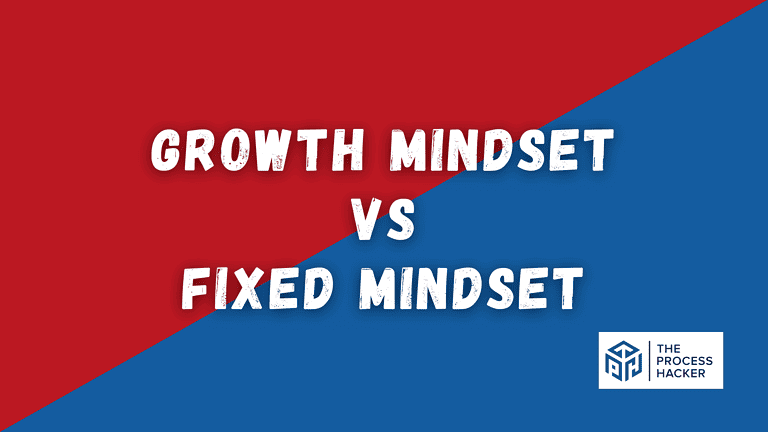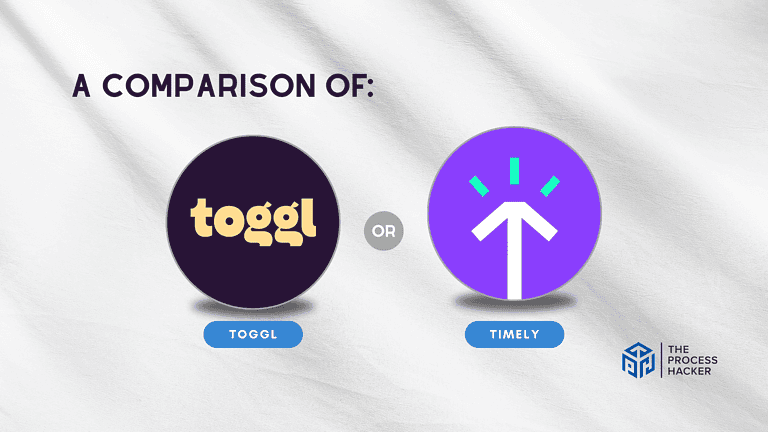Unlocking Happiness: The Power of Anti-Goals in Achieving Success
Are you tired of constantly setting and chasing after deadlines, goals, and targets? As entrepreneurs and small business owners, it’s no secret that we are continually striving for success.
But what if I told you there is a different approach to achieving your dreams without the constant pressure of hitting traditional milestones?
It may sound counterintuitive, but hear me out – anti-goals could be the key to unlocking true happiness in your entrepreneurial journey.
In this blog post, we will explore the power of anti-goals and how they can help you find a balance between ambition and contentment while paving the way toward success.
So, let’s dive into this topic together!
Key Takeaways
- Unlock success and happiness with anti-goals: focus on avoiding negative outcomes instead of positive ones.
- Embrace the Inversion Philosophy to stay ahead of the competition and foster long-term success.
- Follow a step-by-step guide to craft your anti-goals, review progress regularly, and adjust as needed to achieve your ultimate goal!
Understanding Anti-Goals: A New Perspective on Goal Setting
The concept of anti-goals offers a unique perspective on SMART goal setting. It shifts our focus from achieving positive outcomes to avoiding negative outcomes. This anti-goal approach is highly effective, as people are more driven to reach a goal when it is framed as a way to prevent loss rather than solely focusing on positive goals.
Setting goals, including anti-goals, allows us to use our time effectively and circumvent potential pitfalls. But where does this anti-goal concept come from, and how can it help us stay motivated?
The Inversion Philosophy
The foundation of anti-goals lies in the inversion philosophy, a problem-solving approach that involves considering what to avoid instead of what to achieve. This philosophy has been applied in various areas, such as:
- Finance
- Relationships
- Health
- Product development
A proactive approach to achieving success and happiness involves avoiding pitfalls and unlocking a more significant potential for success.
From Charlie Munger to Andrew Wilkinson
The concept of anti-goals gained popularity through the works of Charlie Munger and Andrew Wilkinson, who demonstrated their effectiveness in personal and professional life. Munger’s philosophy encourages us to consider what we want to achieve and what we want to avoid. Wilkinson’s entrepreneurial success is a testament to anti-goals’ power to guide decision-making and prioritization.
Some of the ambitious anti-goals set by Wilkinson and his business partner, Chris Sparling, include staying away from long meetings, avoiding packed calendars with too much scheduled time, and not dealing with people they don’t trust, as they believe that businesses that don’t follow these principles are going to die.
The Advantages of Embracing Anti-Goals
Embracing anti-goals can help you stay focused on avoiding undesired outcomes and gain flexibility in your quest for success. Setting anti-goals lets you prioritize actions and decisions that align with your vision, keeping distractions at bay and fostering intelligent choices that lead to success.
Focusing on What to Avoid
Concentrating on what to avoid can provide clarity and motivation in goal setting. Focusing on avoidance can drive people to reach their goals by providing extra motivation and directing their attention to what to avoid to achieve success.
Identifying and eliminating goals that don’t align with our values, priorities, or long-term vision allows us to refine our focus and concentrate on the important goals.
Cultivating Flexibility and Adaptability
Anti-goals encourage flexibility and adaptability, essential traits for long-term success. Focusing on what we don’t want to achieve or experience fosters better adaptation to unexpected situations and appropriate goal adjustment.
Adaptability is essential for long-term success. It allows individuals to stay ahead of the competition, navigate uncertain times, and embrace change.
Real-Life Examples of Anti-Goals in Action
To better understand the practical applications of anti-goals, let’s delve into examples across various aspects of life, such as career, relationships, and personal growth. These examples illustrate anti-goals’ power in guiding individuals toward success and happiness.
Career Anti-Goals
Career anti-goals can help prevent burnout and maintain work-life balance by clarifying what you don’t want to achieve or experience in your career. Examples of career anti-goals include avoiding repetitive tasks, prioritizing workouts and diet to stay physically fit, and ensuring deadlines are met to avoid procrastination.
Relationship Anti-Goals
Relationship anti-goals can guide individuals in avoiding toxic patterns and nurturing healthy connections. Individuals or couples should recognize and avoid the negative patterns or behaviors detrimental to their relationship.
Then, you can work toward eliminating or minimizing those behaviors. The result is better self-awareness, improved communication, and a greater emphasis on positive actions and behaviors that promote a healthier and more fulfilling relationship.
Personal Growth Anti-Goals
Personal growth anti-goals can assist in steering clear of self-sabotaging behaviors and promoting self-improvement. Examples of personal growth anti-goals include:
- Limiting excessive use of social media
- Refraining from comparing oneself to others
- Lowering calories so you don’t gain weight
- Avoiding procrastination
- Not seeking validation from others
Crafting Your Own Anti-Goals: A Step-by-Step Guide
Now that we’ve explored the concept of anti-goals and their benefits, it’s time to craft your own anti-goals to maximize your potential for success and happiness. Follow the steps in this guide to create and implement anti-goals in your life.
#1) Identifying Your Undesirable Scenarios
Start by listing specific negative scenarios you wish to avoid, such as the worst possible day. Reflecting on past experiences and potential risks provides valuable insights into possible obstacles or problems. Identifying these undesirable scenarios forms the basis of your anti-goals, keeping your focus on avoidance.
#2) Transforming Negatives into Anti-Goals
Next, transform these undesirable situations into actionable anti-goals. Craft a clear and specific statement representing the opposite of the negative outcome you want to avoid, and use this as your anti-goal to guide your actions.
#3) Integrating Anti-Goals with Traditional Goals
Finally, integrate your anti-goals with your traditional goals for a comprehensive personal and professional development approach. Considering both traditional goals and anti-goals paves the way for a comprehensive plan that acknowledges potential obstacles and challenges, ultimately leading you toward your ultimate goal.
Tips for Staying on Track with Your Anti-Goals
To ensure the effectiveness of your anti-goals, it’s important to set goals for staying on track and maintaining focus and motivation, especially when trying to avoid actions that could lead to weight gain.
#1) Regularly Reviewing Your Progress
Maintain focus and motivation by regularly reviewing your progress. Evaluating your advancement towards your anti-goals aids in staying on track and making timely adjustments, which ensures the continued relevance and effectiveness of your anti-goals.
#2) Adjusting Your Anti-Goals as Needed
As changes occur in your life and priorities, adapt your anti-goals accordingly. This alignment with your new priorities ensures that your anti-goals continue to steer you toward success.
#3) Seeking Support from Others
Solicit support from others to maintain accountability and commitment to your anti-goals. Engaging with friends, family, or colleagues who can support and hold you accountable is crucial for adherence to your anti-goals.
Final Thoughts on Anti-Goals
Anti-goals offer a fresh approach to goal setting by avoiding adverse outcomes rather than solely pursuing positive ones.
By embracing anti-goals and integrating them with traditional goals, you can develop a comprehensive personal and professional development approach that maximizes your chances of achieving success and happiness.
Set anti-goals to help you move forward and unlock the power within you.
Frequently Asked Questions on Anti-Goals
What is an anti-goal?
An anti-goal goal focuses on avoiding something negative rather than pursuing something positive. It’s a way to protect yourself and your goals by focusing on what not to do.
What are anti-goals examples?
Anti-goals are criteria or outcomes you want to avoid, such as burnout, spending too much time in an in-person meeting, or being buried in debt. They serve as motivations to avoid certain behaviors and help guide goal-setting.
How do you create an anti-goal?
To create an anti-goal, think of a moment you felt frustrated and determine the cause. Then imagine you are not achieving your goal and take action to avoid ending up in that place again. Anti-goals can be more motivating than regular goals.
Can anti-goals help improve my personal and professional life?
Using anti-goals can significantly improve your personal and professional life by providing direction and guidance toward a successful and fulfilling future.
How can I stay on track with my anti-goals?
Review your progress regularly, adjust as needed, and enlist support to stay on track with your anti-goals. It’s an ongoing process that will keep you motivated and accountable.







